Remember that old saying “it’s just like riding a bike”? I have no idea who coined it, but it was meant to draw a comparison to activities that are deeply rooted in the muscle memory gained from lots of practice. The idea is, if you practiced enough, riding your bike becomes like second nature. If you practice enough, you can train your body to ride with a lot less thought or effort. And if that bike sat rusty in the garage for 10 years, because you had put forth the effort to practice years before, you can jump back on and ride away into the sunset as if only mere seconds had passed since your last pedal session.
People ask me a lot about the best ways to stay organized. Cleaning up and out seems to be the easy part, but now that the house is beautiful, and everything is put away in its place, how do we keep it this way? Depending on how far removed your new organizing behavior is from your old habits, staying organized is going to take the same vigor and endurance as it took to learn to ride that bike years ago.
For example, if you always lose your keys around the house, and we implement a new process to hang them on a hook by the door when you enter, you will need to make the conscious effort to actually do it…every time. It takes practice, and more practice, until eventually hanging the keys on the hook becomes second nature and engrained in your muscle memory. Suddenly hanging the keys on the hook will feel like an easy routine, and the process will no longer be a strain on your brain power and intention as you arrive home tired from work each night. The thing to remember is that there will be work involved. I unfortunately can’t wave a magic wand to “cure” us of our poor organizing habits and replace them with ones that work better for our lives. If I could, I would be the first to wave it over my own house!
There are a lot of schools of thought out there around best practices for forming habits and the importance of considering things like learning styles, motivators and goals. Developing new habits to stay organized will take time, support and accountability from family and friends, as well as a focused desire from whoever is embarking on this mission. I have lots of tricks up my sleeve to help move this process along for each client, but the overarching theme to remember is that practice makes perfect. You are going to have to conjure up the focus, intention and willpower to practice, but once mastered, your new habits really will be just like riding a bike!
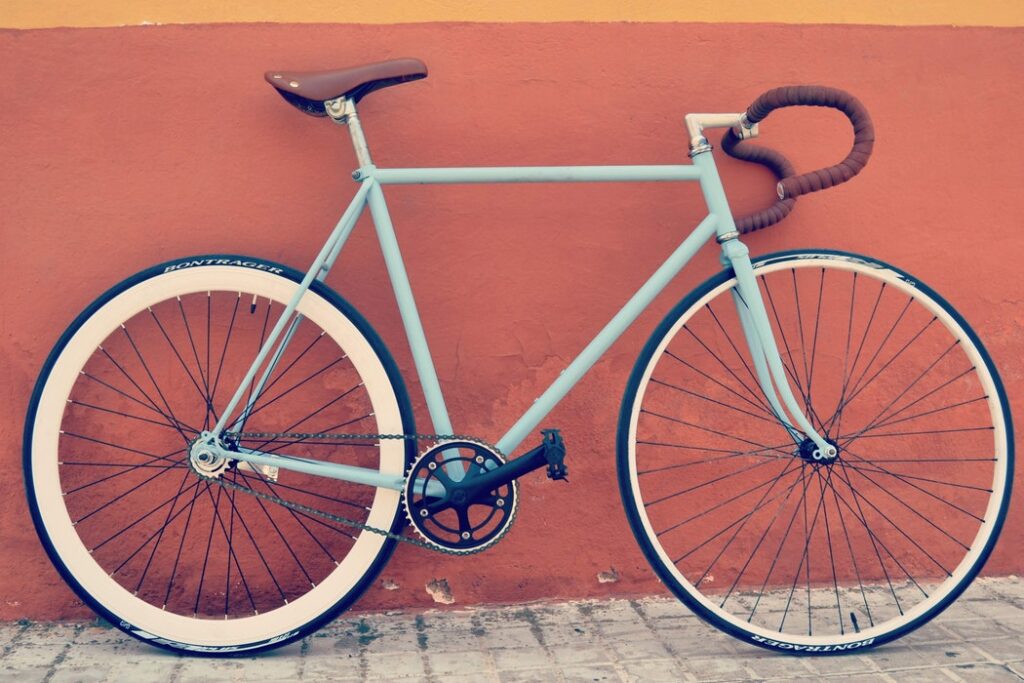
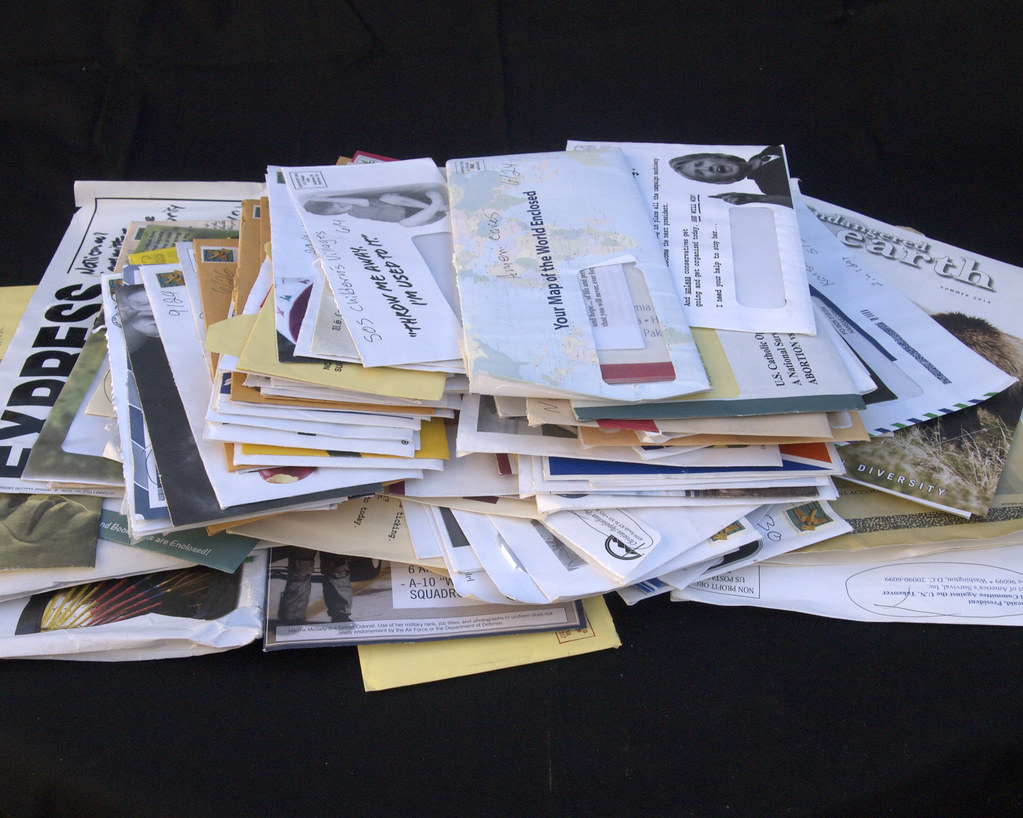
Everyone hates to file papers and we all have piles of them on our desks, tables, and any other flat surface around. No one likes to deal with all the papers that we still have even in our modern “paperless” society. Today I offer an easy, simple system that is not overwhelming and will have you binging Netflix in no time. The best part of this solution is that it’s only two steps!!
Even as a professional organizer, my ADHD gets in the way of keeping my attention on sorting papers for any significant length of time. As everyone knows, dealing with papers is boring. It becomes overwhelming so we give up and give in to the piles. So, out of necessity, I created this quick and easy system for dealing with the paper piles.

Step 1: Get 2 containers – boxes, plastic bins, baskets etc. to hold your papers. They can be pretty or they can be from the liquor store. The look of the container is up to you.
Step 2: Answer one yes or no question for each paper: “Does this paper have anything to do with my money, property, legal identification, or taxes?” If the answer is yes, it goes in box #1. If the answer if no, then it goes into box #2.
That’s it, you’re done filing! Even if you never do anything else with either box, you will be able to find any important paper that you need, when you need it. Most papers that we think we need to keep are rarely, if ever, referenced again.
If you need to find an important legal document, receipt or tax info you only have to look in Box #1. You don’t need to be distracted by all the non-legal or non-financial papers to find what you need. Your stress level is greatly reduced or even eliminated. If there is ever an emergency, storm, fire, or other need to evacuate quickly, you just have to grab Box #1.
Now, a lot of people would just not feel completely comfortable with this simple system. If you fall into this category, then take the next step. Get a 3-ring binder and some sheet protectors. Place all of the most critical documents – your birth certificates, passports, Social Security cards, marriage and divorce documents, property deeds, college transcripts, etc. and put them into the page protectors in the binder. Keep this binder in or near Box #1 and let all household members know about it and where it is. Believe me, this will save you so much time and stress when you need to locate these documents.
I know that this system works well as I just completed the process of getting both my Real ID and my passport. It was so much easier knowing where all of the documents were and that they were all together.
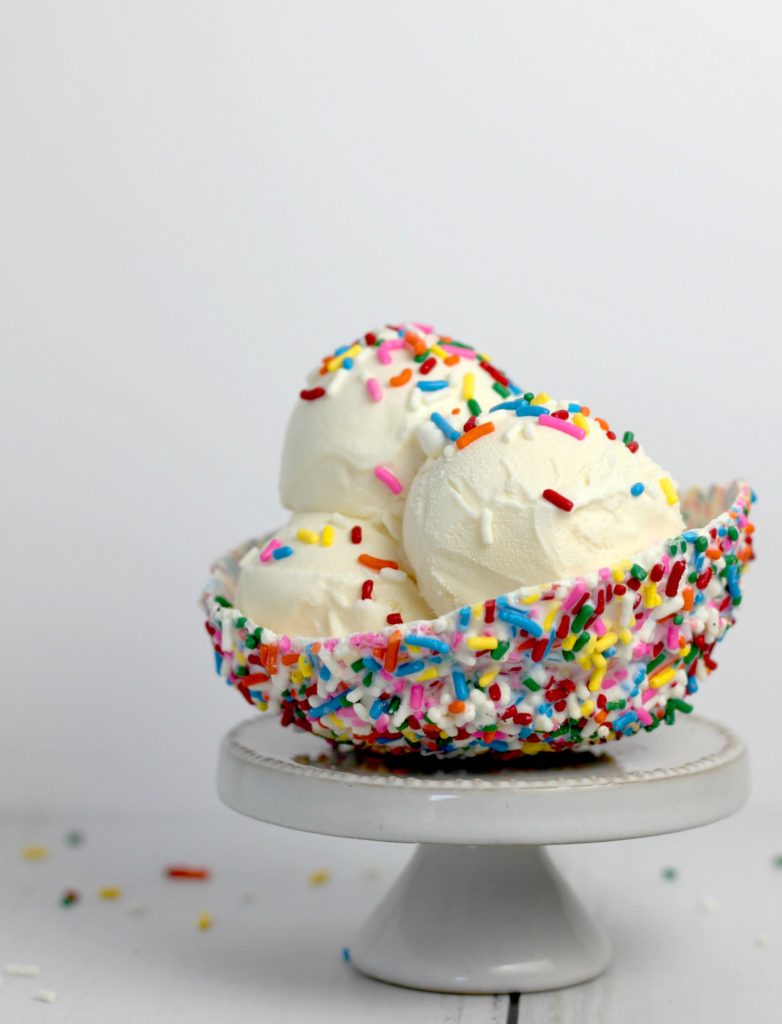
Now that you paper piles are tackled, grab some ice cream and enjoy your favorite show or activity. Guilt free. Now you are organized…at least with your papers!
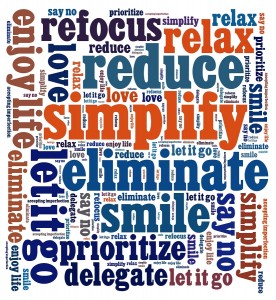
My birthday is Ground Hog’s Eve (Feb 1st). That means I get a do-over for whatever New Year’s Resolutions I haven’t followed through with. I get to make new resolutions for what I want to change before my next birthday. But this year I decided not to make resolutions. I decided to set intentions instead.
Resolutions too often include words like “don’t, won’t or never.” Intentions are focused on the future and can be stated in the present tense every day. After my morning meditation, I frequently set an intention to be grounded and focused throughout my day.
Intentions can become habits. A habit is defined as “an addictive behavior that is hard to give up” but an addiction does not need to be viewed negatively. For example, I am addicted to my grandchildren. The more time I spend with them the more time I want to spend with them.
What would happen if I became addicted to new habits? To become addicted, the first thing I need to do is to explore how I will benefit from my new habit. In sales, we are taught that when we convey the benefit first, ask key questions that lead our prospect to reply “yes” or to nod their head affirmatively, the close will take care of itself.
In December I set an intention to allow more time to get places and not squeeze one more thing in before getting out the door. Then I decided I couldn’t wait until January to put this into action because rushing to get out the door was stressing me out and negatively affecting everyone around me.
It isn’t an intention anymore; it’s a new habit. The benefit of allowing myself more time to get places and get out the door on time is that I don’t feel stressed about forgetting something important or anxious about being late. I am more grounded and focused throughout my day.
Habits create different types of energy. Good habits create positive energy that flows. “Bad” habits create problems like clutter and disorganization; a stagnation of energy, productivity and efficiency.
As a Home Organizer I look for the cause of the clutter and chaos in a space and often I see it is because of “bad” habits like not processing junk mail or not breaking down cardboard boxes when they are empty. When I am finished with a client, I make recommendations to help them to create new habits that will keep the clutter from re-accumulating and will maintain the serenity that organization has created.
One of the biggest challenges in life is to walk your walk and talk your talk. I intend to do that starting now and not wait until New Year’s Eve or Ground Hog’s Eve.
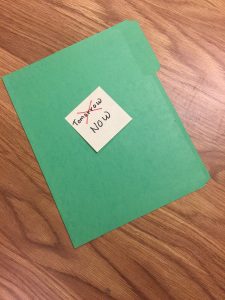 Here are some strategies that can help. The example we’ll use applies them to paper clutter, but they can help you get moving on any clutter-busting project.
Here are some strategies that can help. The example we’ll use applies them to paper clutter, but they can help you get moving on any clutter-busting project.
Often, seeing something concrete will get you moving, especially if you’re a visual person.
The answer to the question is yes. According to the Mayo Clinic, hoarding disorder is “a persistent difficulty discarding or parting with possessions because of a perceived need to save them.” Those who hoard have difficulty parting with possessions even if those possessions are of little or no value. This behavior can affect the emotional, physical, social and financial status of the individual and their family. Commonly hoarded items may be house hold items, newspapers, magazines, paper or plastic bags, boxes, photos, food or clothing. Hoarding is a disorder that may exist on its own or in conjunction with other health disorders. Obsessive compulsive disorder, obsessive compulsive personality, disorder attention deficit disorder and depression are often linked with hoarding. There is often a feeling of shame and embarrassment associated with hoarding.
Symptoms include: Significant anxiety when attempting to discard items. Obtaining and saving large amounts of items. Difficulty to organize items with items overtaking rooms of the home. Indecision about what items should be kept and what items should be discarded. Mental and emotional distress or overwhelm regarding the amount of items in the home. Fear of running out of an item and not having that item on hand in the future.
Loss of living space, social isolation, family discord, health and safety hazards.
The results: Items such as newspapers or magazies, clothing, bags of food or books crowd rooms, pathways and common areas of the home minimizing the functional use of the space and increasing the safety risks in the home. Those with hoarding disorder often experience distress or conflict at the suggestion of de cluttering or discarding hoarded items. Hoarding decreases the ability for an individual or family to maintain order and may cause rifts among family
Why do people hoard? It is not exactly clear what causes hoarding disorder. Perhaps genetics or parental influences or certain patterns in the brain. Stress may have an influence as well as emotional distress from loss of a loved one or pet. Other reasons include the belief that items are special or hold more monetary value then is realistic. Some are paralyzed at the thought of throwing items away for fear they are “wasting”. Certain items hold emotional value or serve as a reminder of the good days gone by. And some feel a sense of safety when surrounded by all the items that make up their hoard.
If you suspect you or a loved one have a problem with hoarding, it is best to seek professional help. Look for a therapist who specializes in hoarding situations. In some cases, an intervention is needed to ensure the safety of children or the elderly. After seeking the help of a therapist, a professional organizer is a great asset and can assist in collaboration with family members and other professionals to help guide the client to a more fulfilling and safer way of living.
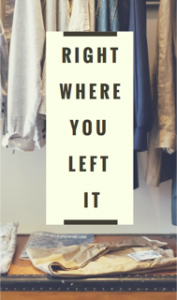 If being organized is not how you were raised but you’ve started to become more orderly, you may already know: it takes time getting used to “being organized.”
If being organized is not how you were raised but you’ve started to become more orderly, you may already know: it takes time getting used to “being organized.”
I learned this with a new client: Kim (not her real name) has struggled all her life to maintain a neat space. Her efforts go in waves and she has managed to live a really rich and creative life — but it hasn’t been easy. She’s lost a few things along the way. Paid her share of late fees for bills and penalties for misplaced parking tickets. And wasted time rewashing clothes after the dirty commingled with the clean.
When she was ready to stop this chaos…she called in a professional organizer.
She had 3 areas to organize:
• her wardrobe and bedroom
• her living room – including a desk area
• her hallway which had become an over-crowded storage space
We started in her bedroom because the mess was affecting her sleep. After 3 working sessions we had sorted through all of her clothes, cleared every surface (including the floor) of anything that didn’t belong, rearranged her dresser drawers and closet with zones for each type of clothing she needed in her life.
Moving on to the living room, Kim sheepishly told me a “funny” story about her missing slippers. The one constant in Kim’s life had been lots of weekends away to cabins with friends. In preparing to pack for one such weekend, she described how she had scoured her apartment looking for her slippers.
She checked ALL of her usual spots: under the coffee table, in the bathroom, kicked under the hallway table, in a pile behind the couch, tucked under her bed, tossed into a corner by her cat…she couldn’t find them anywhere.
She left for her weekend sans slippers in a bummed mood.
As soon as she got on the road to the cabin, it hit her. She couldn’t help but laugh out loud. Her slippers were right where we had left them — in their new home. They were in the bottom “bay” of the hanging shoe organizer we had installed in her closet.
It was a funny lesson to us both, that getting organized takes some getting used to! The motto of Kim’s story is: It’s easy to find what you need when you need it…when it is right where you left it.